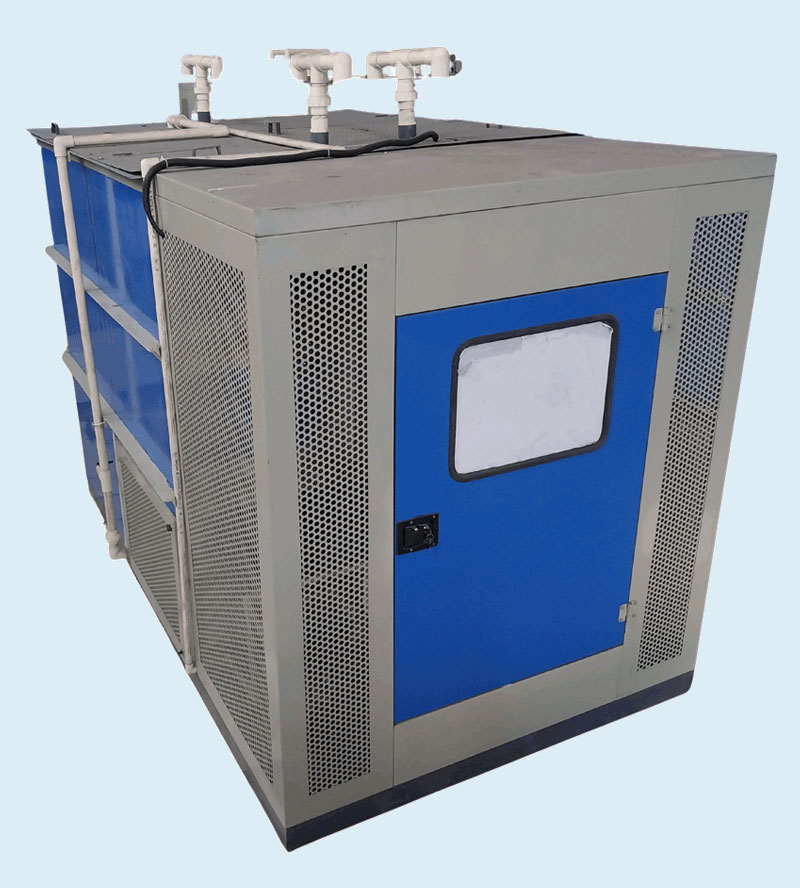Sewage Treatment Plant



A Key to Sustainable Water Management
A Sewage Treatment Plant (STP) is a crucial infrastructure designed to treat wastewater from households, industries, and commercial establishments before releasing it into the environment. It plays a vital role in maintaining ecological balance by removing contaminants, harmful chemicals, and pathogens from sewage.
The treatment process involves several stages, including primary, secondary, and tertiary treatment. The primary stage removes solid waste, while the secondary stage utilizes biological processes to break down organic matter. The tertiary stage ensures further purification, making the treated water safe for reuse or discharge.
Modern STPs incorporate advanced technologies such as membrane bioreactors (MBR), moving bed biofilm reactors (MBBR), and activated sludge processes for efficient wastewater management. These plants contribute to environmental sustainability by conserving water, reducing pollution, and promoting public health.
The Key Benefits of a STP
Environmental Benefits
- Water Conservation – Treated wastewater can be reused for irrigation, industrial processes, and groundwater recharge.
- Pollution Reduction – Prevents harmful contaminants from entering natural water bodies, protecting aquatic life.
- Eco-Friendly Disposal – Ensures safe discharge of treated water, minimizing environmental impact.
Economic Benefits
- Cost Savings – Reduces water consumption and lowers dependence on freshwater resources.
- Energy Efficiency – Modern STPs incorporate energy-saving technologies for sustainable operations.
- Resource Recovery – Some STPs generate biogas and recover nutrients, reducing operational costs.
Social Benefits
- Public Health Protection – Reduces the spread of waterborne diseases by removing harmful bacteria and pathogens.
- Improved Sanitation – Enhances overall hygiene in urban and rural areas.
- Sustainable Development – Supports urban expansion while maintaining environmental balance.

